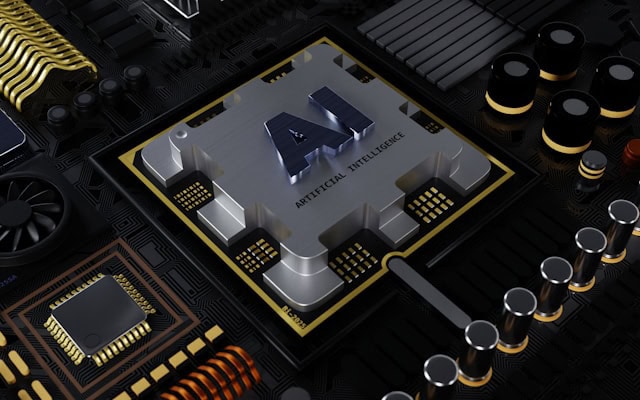Artificial intelligence has completely changed so many fields, from healthcare to marketing, and even creative writing. Since AI can now churn out text, images, and code that look like they’re made by a human, a big question that comes up is how do you tell the difference between content created by a person and content created by AI?
AI detection tools solve exactly that issue. AI detection tools are built to check out if something was written by a human or an AI model. In this article, let’s see what these tools can and can’t do to find out just how reliable they are.

About AI Detection Tools
AI detection tools are software solutions that analyze text and other digital content to check if it was generated by AI models. The accuracy of these tools is very important. If they fail to correctly identify AI-generated content or mistakenly flag human work, they can cause major problems. For example, it can cause unfair academic penalties or even damage your businesses reputation.
How AI Detection Tools Work
Most AI detection tools rely on a combination of ML algorithms, natural language processing, and pattern recognition to analyze content. AI detection tools use:
- Linguistic analysis
- Statistical modeling
- Metadata and contextual clues
We have to mention that while this process sounds good, it has some major flaws. The accuracy of AI detection tools depends on several factors, including:
- The quality of their training data
- The complexity of the AI model being detected
- The context in which the content was created
Are AI Detectors Reliable?

To answer your question of are AI detectors accurate? We must consider both their strengths and limitations. Below, we have put together the key factors influencing their reliability.
Strengths of AI Detection Tools
High Sensitivity to Known AI Models
Many AI detectors are good at identifying content generated by well-known models like GPT-3, GPT-4, or previous models. These tools are trained on outputs from these models. As a result, it makes them good at spotting familiar patterns.
Continuous Improvement
As AI technology evolves, so do detection tools. Devs regularly update their algorithms to account for new AI models which will improve accuracy over time.
Contextual Analysis
Advanced detectors can analyze context, tone, and intent. As a result, AI detectors can differentiate between human and AI content in specific use cases, such as academic writing or creative storytelling.
Limitations of AI Detection Tools
Evolving AI Models
Newer models, like the ones with improved natural language capabilities, can produce content that looks like human writing which makes it very difficult for detectors to identify.

False Positives
A big issue with AI detectors is the risk of false positives. It means flagging human-written content as AI-generated. This can happen when a person uses:
- Formal language
- Follows a structured format
- Writes in a style that resembles AI output
False Negatives
Detectors may also fail to identify AI-generated content especially if the content has been heavily edited or paraphrased by a human.
Language and Cultural Bias
Many AI detectors are trained mostly on English-language datasets. Now this can lead to inaccuracies when analyzing content in other languages.
Lack of Transparency
Some detection tools operate as “black boxes,” offering little insight into how they arrive at their conclusions. As a result, it becomes difficult for users to trust or challenge the results.

Endnote
For everyone, the best bet is to use AI detectors as just one part of a bigger plan. That plan should always include human eyes and a good dose of critical thinking.
